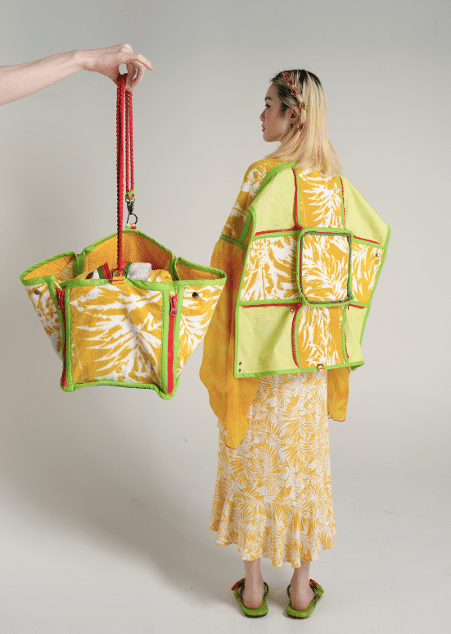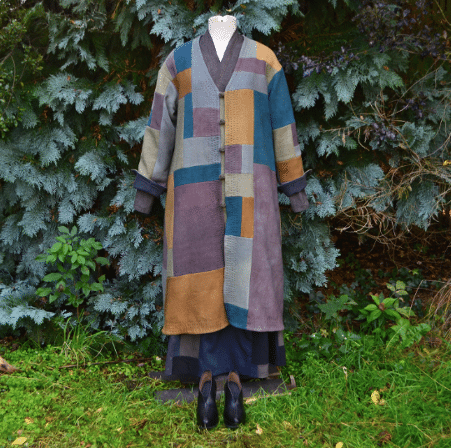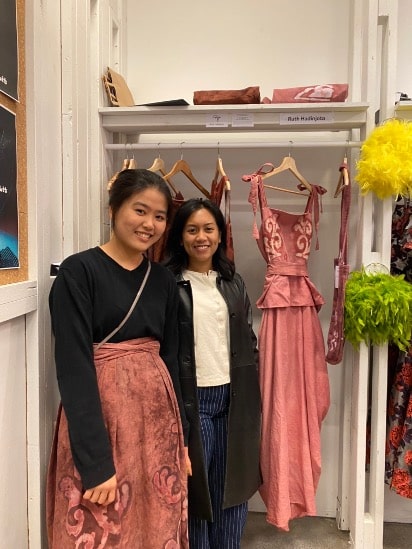In a rapidly changing world, staying connected to our cultural roots is crucial. One way to do so is by embracing cultural identity through modernised clothing. Fashion has always been a powerful means of self-expression, and by combining traditional elements with contemporary styles, we can celebrate our heritage while staying relevant in the modern era. This blog will explore the significance of embracing cultural identity through modernised clothing and how it can empower individuals to showcase their heritage confidently.
Meaning behind the garment
Cultural clothing has deep roots, representing the traditions and history of a particular community or country. These garments are not merely pieces of fabric but embody a culture’s values, customs, and symbolism. The origins of cultural clothing can be traced back centuries, evolving through generations and carrying stories of the past. Each garment tells a unique narrative, reflecting a community’s social, economic, and spiritual aspects.
Cultural clothing often carries symbolic meanings, representing a culture’s values and beliefs. For instance, let’s take the example of Japanese kimonos. The art of wearing a kimono, known as kitsuke, is deeply rooted in tradition. One should wrap the left side over the right when wearing a kimono. Crossing it the other way around, with the right side over the left, symbolises death and is only reserved for those who have passed away. This tradition originated from the belief that right over left was reserved for the elite, while everyone, regardless of their social status, deserved equal treatment in death.
Importance of reviving cultural clothing
The custom of wearing cultural clothing in our daily lives has recently declined. Factors such as fast fashion and globalisation has led to a preference for more homogeneous clothing styles, diminishing the visibility of cultural attire. Convenience and comfort have also played a role, as cultural clothing may only sometimes be deemed suitable for everyday wear. However, we still see the prominence of cultural clothing on special occasions and celebrations.
To revive the appreciation for cultural attire, supporting local artists who embrace their cultural heritage through modernised designs is essential. These artists play a crucial role in keeping the essence of authenticity alive in the clothes we wear. They create contemporary pieces that pay homage to traditional techniques, patterns, and craftsmanship. One such artist is Ruth Hadinjoto, a Chinese Indonesian designer who beautifully combines the batik process with contemporary fashion design.
Supporting our local artists that are paving the way for culturally modernised clothes
Ruth Hadinjoto’s vision goes beyond creating visually appealing garments. She incorporates traditional techniques and craftsmanship into pattern-making, draping, and modern technology. In honouring her cultural roots, she uses cross-cultural aesthetics through the motifs batik Megamendung and batik Lasem which were fabrics brought to Indonesia from China centuries ago. Her designs are a harmonious blend of traditional batik textile printing and contemporary fashion, creating unique pieces that embody her cultural identity. Through her sustainable and ethical process, Ruth demonstrates the value of preserving cultural heritage in the fashion industry.
Canwen Zhao is a Chinese multidisciplinary fashion designer who skillfully combines her cultural heritage with contemporary aesthetics. Her project, 35 Life, draws inspiration from Chinese cosmology and showcases her cultural roots while addressing the environmental threat of sun exposure. Canwen’s designs pay homage to historic Chinese dress but present a fresh and playful approach to creating solutions for sustainability.

Steven Junil Park, also known as 6×4, is a multidisciplinary artist based in New Zealand. Through his work, he explores ideas of identity and belonging, particularly as a Korean-born New Zealander. Steven utilises the traditional Korean patchworking technique called Jogakbo, using textile scraps to create unique pieces. By repurposing materials and embracing imperfections, he highlights the textile industry’s environmental impact and offers a vision where fashion represents the experiences of cultural diasporas.

Embracing cultural identity through modernised clothing goes beyond individual expression — it profoundly impacts the wider community. By supporting local artists and designers who incorporate their cultural heritage into their creations, we contribute to a more diverse and inclusive fashion industry. This representation matters, especially in a multicultural society like Australia, where individuals from various backgrounds seek to celebrate their heritage.
These artists not only celebrate their cultural heritage but also address environmental and social issues through their designs. Canwen’s playful yet sustainable approach and Steven’s use of traditional techniques showcase the power of fashion as a means of self-expression, cultural representation, and positive change.
By recognising the importance of cultural representation in fashion and providing platforms for local artists to showcase their work, organisations can foster an environment that values and respects diverse identities. As individuals, we should appreciate the significance of cultural identity and its preservation through modernised clothing. Cultural clothes no longer need to be worn once a year on cultural holidays only to be put back in the closet the rest of the time. Embracing our cultural roots and celebrating the heritage of others can create a sense of belonging and promote understanding in our communities. As we embrace our cultural identities through modernised clothing, we shape a world where diversity is celebrated, traditions are honoured, and fashion reflects our collective heritage. Together, we can create a fashion landscape that is truly representative, inclusive, and filled with the beauty of cultural diversity.
References
Ahwa, D. (2022, November 9). Style Liaisons: In Conversation With Steven Junil Park. NZ Herald. https://www.nzherald.co.nz/viva/fashion/style-liaisons-in-conversation-with-steven-junil-park/PR5VEQJHKBVQQUKE2WW5HANV3E/
Canwen Zhao. (n.d.). Canwen Zhao | NOT JUST a LABEL. https://www.notjustalabel.com/canwen-zhao
Diab, K. (2022). The Shifting Cultural Role of Clothes. New Lines Magazine. https://newlinesmag.com/argument/the-shifting-cultural-role-of-clothes/
Kenbo. (2021, April 13). Why do Japanese People Wear Kimonos? A Kimono History – What Is Japan Like. What Is Japan Like. https://whatisjapanlike.com/culture/why-do-japanese-people-wear-kimonos/
Meet our 2023 Alumni. (2023, June 24). Melbourne Fashion Hub. https://melbournefashionhub.com.au/meet-our-2023-designers/
WE THE MAKERS. (2023, May 18). Makers | WE THE MAKERS. https://www.wethemakers.com.au/makers/

